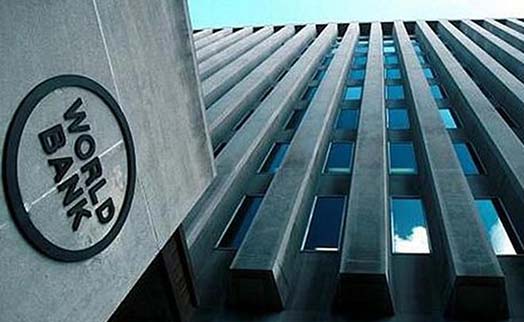YEREVAN, April 19. /ARKA/. Poverty reduction and income growth across all levels of the welfare distribution in Armenia are likely to stagnate during 2017-18, the World Bank says in its April economic update, entitled ‘Impact of China on Europe and Central Asia.’
It says even under an optimistic scenario—the agricultural sector continues to perform well and remittance inflows recover—without substantial improvements in the business environment and the domestic labor market the poverty rate is projected to fall only gradually to 23.8 percent in 2018.
The elimination of temporary electricity subsidies, scheduled in August 2016, would negatively affect poor households, whose expenditure of electricity amounts to more than 5 percent of total consumption.
Falling remittances and weak domestic labor market conditions slowed progress on poverty reduction. The poverty rate (measured at US$2.5/day) fell from 26.3 percent in 2014 to an estimated 25.6 percent in 2015. Lower remittance inflows have translated into welfare losses for all households.
Despite strong agricultural growth, the domestic labor market deteriorated due to limited job creation in other sectors compounded by the largescale return of migrant workers from Russia. The unemployment rate rose from 17.5 percent in Q3 2014 to 18.2 percent in Q3 2015.
The World Bank says also growth is projected to slow to 1.9 percent in 2016, on the back of continued weaknesses in the external conditions and fiscal tightening. With the recovery of the global economy, including metal prices, Armenia’s growth is expected to pick up over the medium term, but only moderately to about 3 percent a year, hampered by structural weaknesses. The budget deficit is projected to remain wide in 2016, at 3.9 percent of GDP, despite fiscal tightening through a combination of revenue raising measures and moderate expenditure cuts.
The fiscal position is expected to improve over time, as the stimulus measures are phased out and an economic recovery boosts revenue collection.
According to Armenia’s National Statistical Service, the poverty rate grew to 30% in 2014 from 27.6% in 2008. At the same time, the poverty rate in 2014 declined by 2 percentage points from the previous year.
The number of poor in 2014 among the resident population was estimated at 900 thousand people, the number of very poor – at 330 thousand people, and those rated as extremely poor – at 70 thousand people. Thus, 36.6% of the poor population were very poor and 7.7% – extremely poor. -0-








